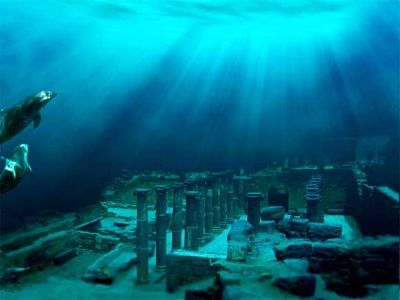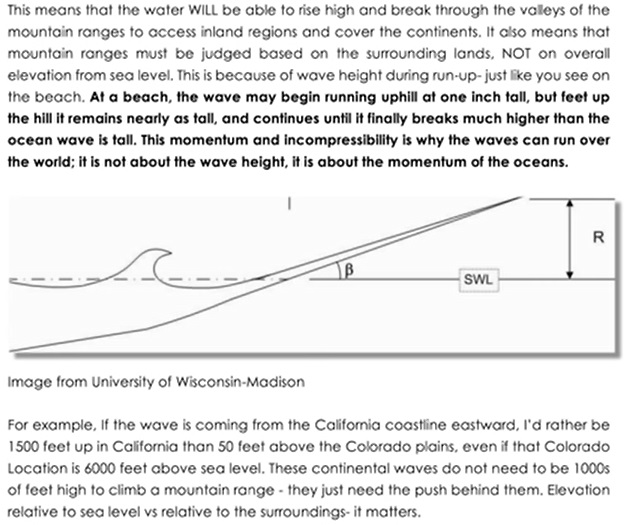
Earth’s normal rotation makes celestial objects like the sun and moon appear to rise in the east and set in the west, as the planet itself rotates from west to east. During a pole shift the momentum of the oceans will continue to carry them eastward even if the rotation of the Earth (or just its surface crust) changes – so it is easy to understand why tsunamis could flood inland on west facing coastlines between Alaska and Argentina… or Western Europe, Western Africa, or Western Australia…. Eventually there will be sloshback on eastern coastlines as well.
But the west-east dynamic is only the major concern in the initial moments of the catastrophe before the moving waters dissipate their momentum. Let’s not forget the basic premise of a pole shift – is that the poles shift their positions. So land near the poles, like Antarctica, and Greenland – will no longer be near the poles. Last time the poles shift around 12-13,000 years ago, the direction of movement took the North Pole – which was in Hudson Bay – down to its present position along a meridian we can describe as between 85-90 degrees west longitude. The Americas moved south while Asia and Australia moved north. Africa rotated but had much less of a change in latitude.
If the next pole shift catastrophe also moves along the same meridian, North America will again move south. As Antarctica and Greenland move towards the equator, the Atlantic and the Gulf of Mexico would flood north onto the south-facing coastlines of the United States. Louisiana through North Carolina would be hit hardest by this northward surge of water. On the other side of the world, Northern Australia would be flooded. When the sloshback occurs, places like Southern Australia and Venezuela would suffer most.
The bottom line is, if you understand we are due for a pole shift in the coming years, some places (including the high points in regions near Denver or Mexico City or La Paz) are much safer due to their altitude and distance from the oceans, than other more endangered areas like New Orleans, Miami, Havana, or Buenos Aires. But you still want elevation relative to your local surroundings, not just high altitude above sea level:

While you consider the costs of relocating (and the costs of not relocating) and the much lower cost of buying a copy of POLE SHIFT: Evidence Will Not Be Silenced – to better understand risks from tsunamis, sloshback, and many other factors during pole shift disasters, enjoy this quick video from Ben Davidson.
